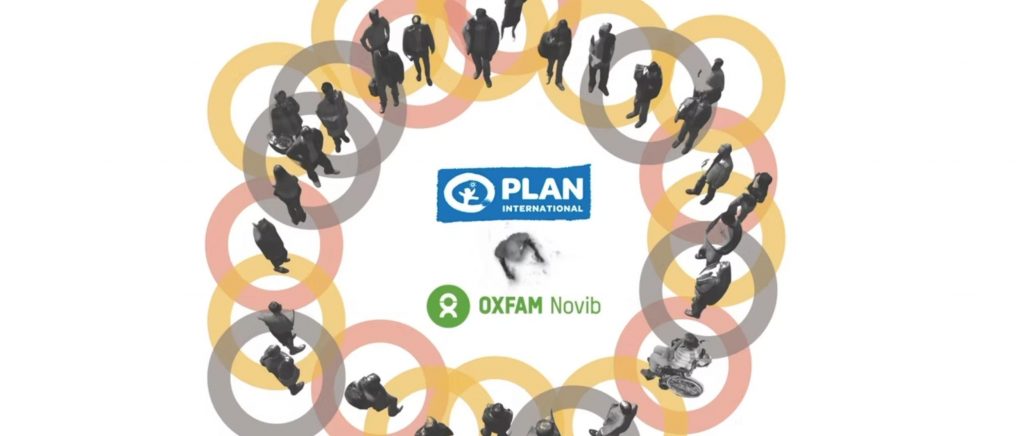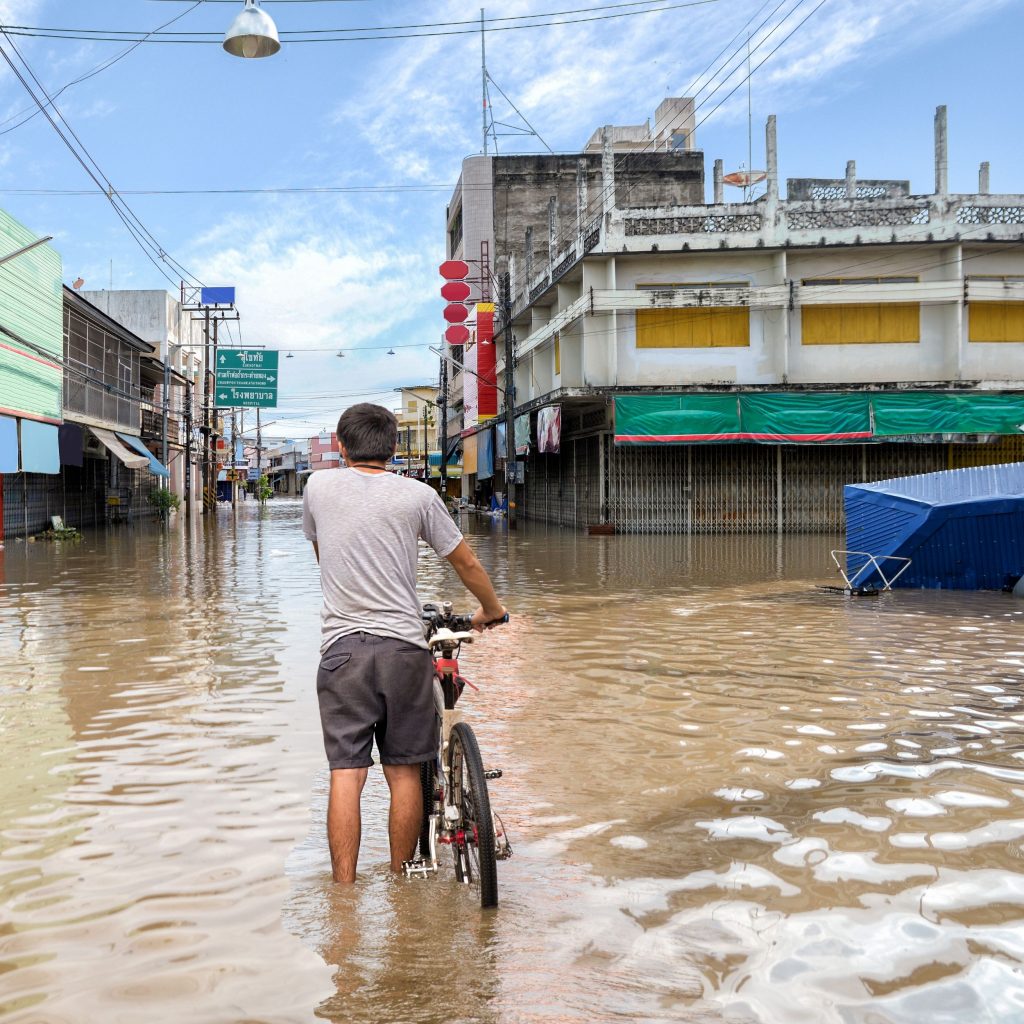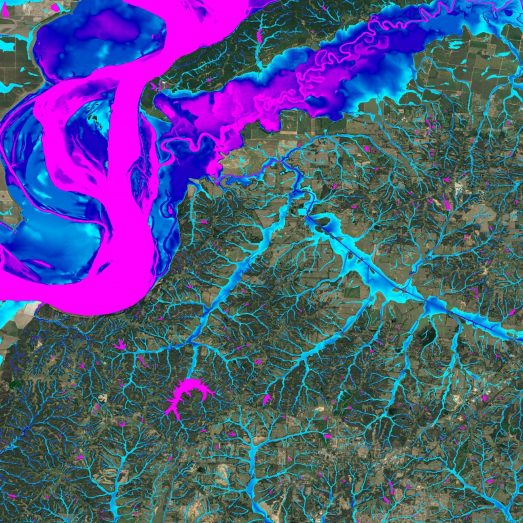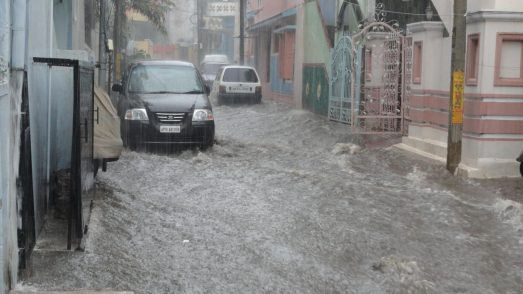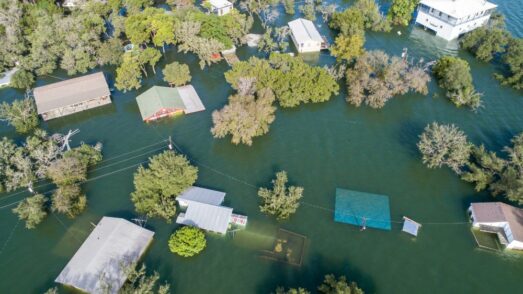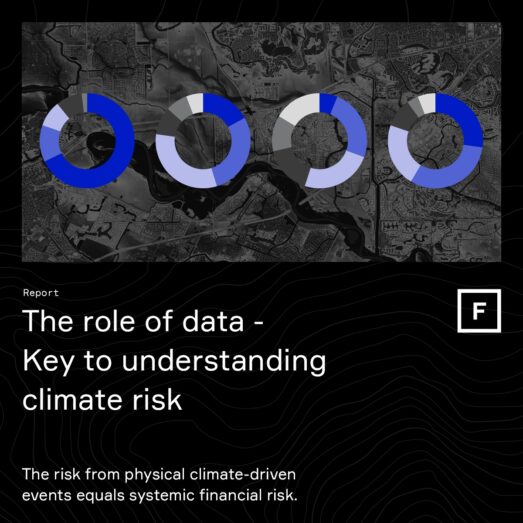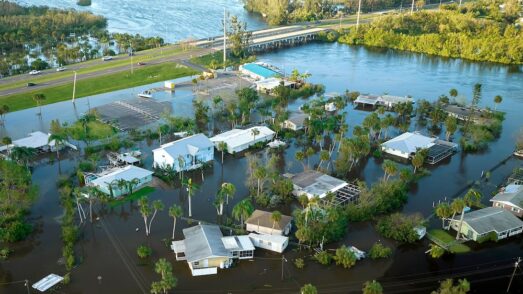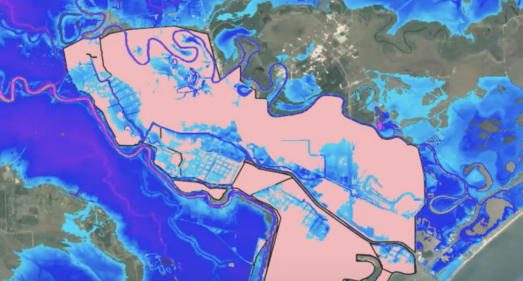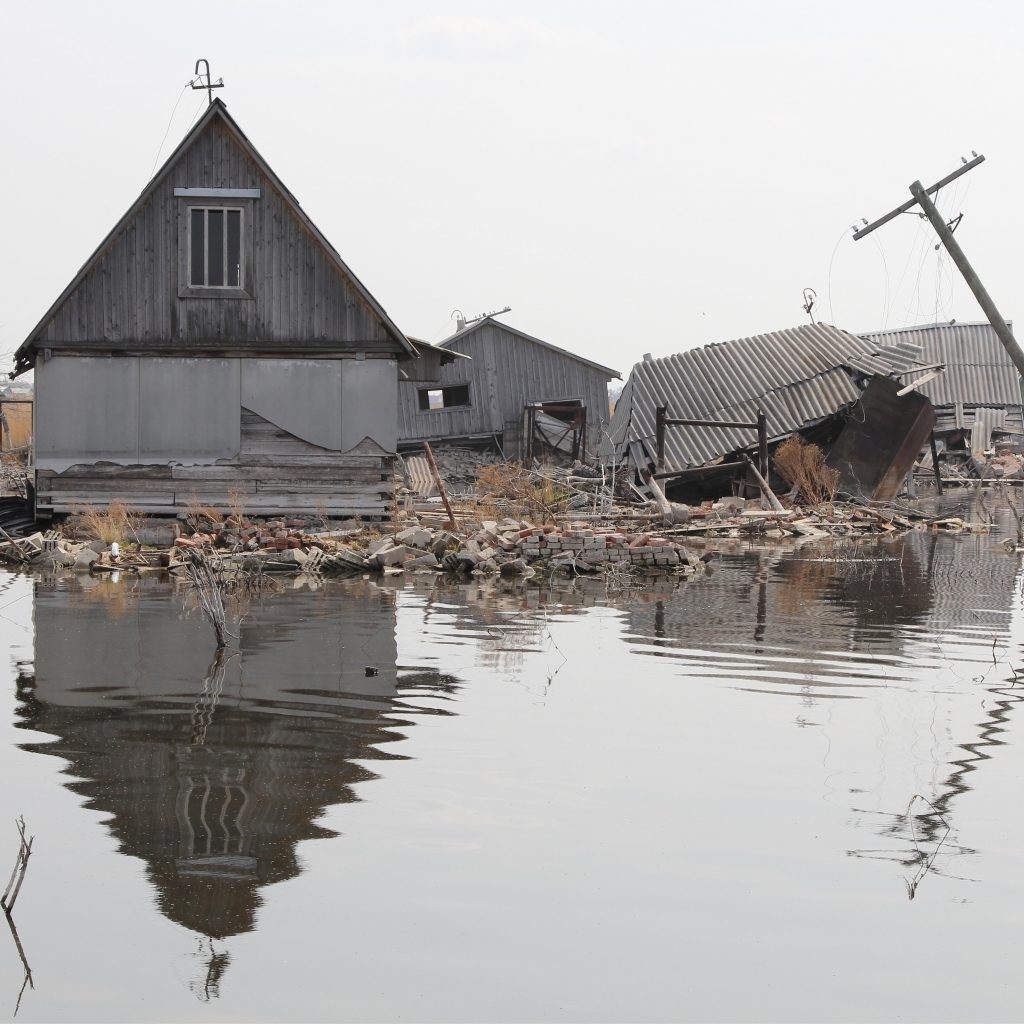
New market trends position parametric insurance as an alternative to traditional coverage. Whilst parametric insurance is not new, advancements in technology, as well as growing pressure to offer protection in high risk areas, have seen a surge in demand for solutions where conventional coverage is inaccessible.
Global Parametrics are experts within the industry and have been working to address the barriers faced within effective financial disaster risk management through parametric solutions. We took some time to speak with Toby Behrmann, Head of Partnerships and Innovation, to learn more about how parametric insurance has become a key tool in building resilience against catastrophic events.
What is parametric insurance?
Parametrics is, at its most simple, a contract in which a pre-defined condition results in a pre-defined action. In insurance this is when benefits are paid as the result of an event, rather than to cover the value of an actual loss caused by that event.
For those interested in understanding the different types of parametric solutions available on the market, we have created this infographic:
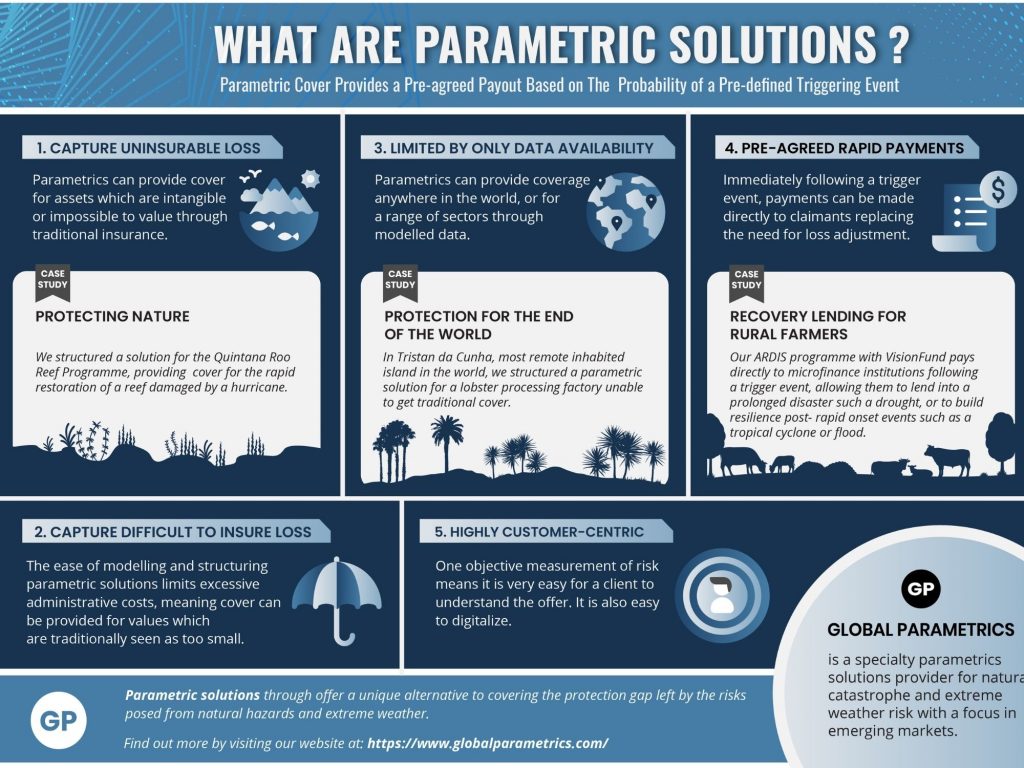

How does parametric insurance differ from traditional products on the market?
Parametric insurance products differ in three key ways: first there is no need to assess the value of the asset being insured; secondly, the customer knows exactly what they will receive in case of an event; and finally, there is no claims process – payouts are automatic and rapid.
Primarily, who would benefit from parametric insurance?
Parametrics are a quick and efficient way to cover risks that traditional indemnity insurance is ill-equipped to deal with. These include assets that are hard to value, circumstances where rapid payment of claims is vital, and also very low-value coverages which administration costs can make unviable.
Discover use cases for Fathom’s Global Flood Map in the parametric insurance industry.
Which sectors have you had the most impact working within?
Global Parametrics focuses on providing protection to communities and organisations in lower- and middle-income countries. These include microfinance, NGOs, local companies and local governments.
One of our biggest projects is the Global Parametrics’ Natural Disaster Fund. The programme plays a key role in reducing the impact of natural disasters by providing coverage for 6 different perils, including flood, earthquake, tropical cyclone, drought, excess rain and extra tropical windstorm. In 2020 alone, it reached over 10 million people within vulnerable areas, many of whom would not have had any form of protection otherwise.
What is the flood index and how does Global Parametrics utilise Fathom’s model within this?
Our Inland Flood Depth Index captures the risk of flood from excess rainfall. It goes well beyond a standard excess rainfall index by modelling runoff, river flow and inundation to capture a much more complete view of flood risk.
Fathom’s hazard maps are joined with the Global Flood Awareness System (GloFAS) streamflow model to produce a high resolution view of local flood depths. The result is a globally consistent parametric flood index that provides a source from which parametric triggers can be constructed for risk transfer or insurance anywhere in the world.
The Flood Depth Index is already being implemented within the Philippines, with plans to later expand into Indonesia and Sudan as part of our B-Ready programme. Created in collaboration with Oxfam and Plan International, the programme links parametric indices to humanitarian aid. You can find out more about B-Ready in this video that we created:
How has the industry evolved over the last 10 years – and what developments should we expect to see in the future?
Parametric Insurance initially focused on large scale weather and natural disaster risks. However, as the need to cover less tangible risks and to cut administration costs becomes more important – and as new data streams to build new parametric indices become more available – its potential uses will grow exponentially.

